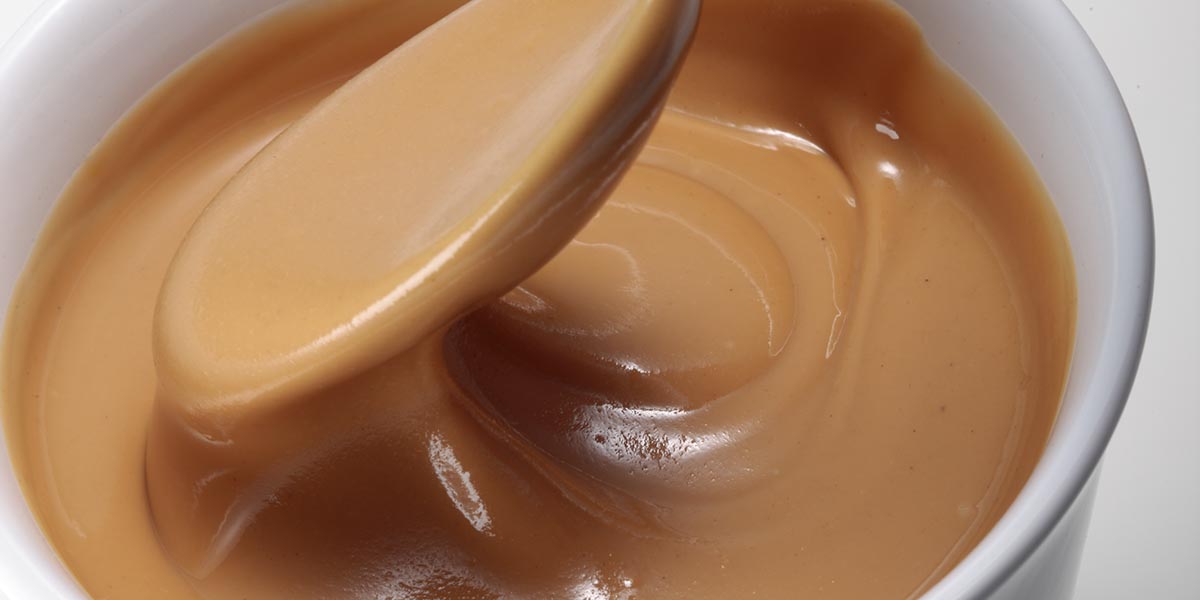The History of Ice Cream
Who invented ice cream? And how ancient is the history of this product which is so widespread and loved across all five continents? Read our article to find out more about the fascinating and cosmopolitan history of ice cream, delve deep into the differences between Italian gelato and ice cream and discover how artisanal ice-cream making differs from industrial production.
February 24, 2021
The Birth of Ice-Cream: Was It Really Born In Florence?
The origins of ice-cream trace back to ancient times, well before the city of Florence as we know it today was built. The “primitive” ice-cream, so to say, was indeed born across India and China over 4000 years ago. It was originally a mixture of snow, milk, boiled rice, honey and spices: we can therefore picture it as a product closely resembling a sorbet, connected with the lack of raw materials typical of the place where it was born, cold and sugary, grainy and not creamy as the ice cream we are used to taste now.
From the remote regions of Asia, that sorbet landed in 9th century Sicily, where the Saracens simplified it by ideating a product made from the union of compact snow plus cinnamon syrup and mixed essences extracted from homeland fruits, citruses and flowers. The ancient Romans were passionate to such an extent about these frozen desserts, which they called nivatae potiones, as to have snow brought from Sicily, as well as from Naples, to mix it with fresh fruit and mead to prepare them. On the other side of the planet, in America, the Incas had an extremely similar product.
It was only during the Renaissance that Florence, at the peak of its cultural flourishment, entered the history of ice cream thanks to a court cook, Ruggieri, who introduced the sorbet to Caterina De’ Medici’s table. It was her who brought to France both Ruggieri and ice cream. Florentine fancy fostered the evolution of snow storage techniques and produced new ways of using Sicilian sorbets in delicious frozen desserts: with regard to this, we particularly need to mention the figure of Bernardo Buontalenti, who invented the namesake zabaglione-and-bergamot-flavored ice cream which is produced still today in Florentine artisanal ice-cream parlors.
Gelato and Ice Cream: What Are The Differences?
Ice cream has therefore had, from its origins, a cosmopolitan history: it shouldn’t come as surprise to find out that this product, which we are mistakenly used to consider an all-Italian one, is in fact widespread all over the world. The first ice-cream parlors appeared in France already at the end of the 17th century and in New York in the following century. It was at this time that scientific treatises about ice cream started to come out, although the distinction among the different frozen products was to be marked only in the 19th century.
That is also when the first ice cream was born: not just a mere American equivalent of the Italian ice cream, but a completely different product whose main distinctive feature, in comparison to our homeland dessert, can be inferred by its name itself, that is the far more significant presence of cream, hence fats. The FDA procedural guidelines maintain that the minimum fat percentage of ice cream should be no less than 10%, versus the 8% of Italian ice cream. Moreover, at its dawn in the United States, ice cream was already produced industrially using crank makers, while Italians kept producing artisanal ice cream in tanks cooled down with mixtures of water, ice and salt till the 20th century. Even when industrial ice cream later arrived in Italy, the history of artisanal ice cream remained solid, since it represented a healthier, tastier and more qualitative alternative to the overseas competitor and American artificial products, though it started to employ the new preservation techniques offered by the cold chain.
When Was Industrial Ice Cream Born?
As we’ve just seen, industrial ice cream was first born in the US in the 19th century, while Italy followed their example with some delay, having inherited the machines brought by Americans during World War II. The first Italian industrial ice cream was the famous Mottarello, a sort of Edy’s Pie devised by Angelo Motta in 1948. Starting from the ‘60s, more companies started to offer packaged ice creams in ever new formats, but it was mostly in the ‘70s, following the coming of freezers in Italian homes, that ice cream became a daily treat to eat all year round, also by the scoop thanks to Sammontana’s Barattolini (little buckets).
Today industrial ice-cream makers are keeping up to date with the new taste and eating needs of consumers by presenting gluten-free, lactose-free, sugar-free, vegan versions and so on. It is to be stressed, though, that the underlying differences between artisanal and industrial ice cream still exist: while the former is prepared with fresh, genuine and averagely seasonal ingredients, the latter is made with long-life ingredients, rich in additives and preservatives, artificial essences and colorants (the so-called “E-numbers”).
Moreover, in order to be called ‘artisanal’, ice cream must be produced in the same premises where it is sold, and distributed to the final consumer within a few days after production; on the opposite, industrial ice cream is artificially inflated through a forceful incorporation (an overrun) of air by over 100% of the original weight, it is made well before being sold, and stored for a long time in order to cut expenses and facilitate stockage procedures. It is therefore blatant, and far from insignificant, that the difference that runs between these two types of ice cream mainly lies in the genuineness and freshness of the raw materials used in artisanal ice-cream in comparison to the ones employed industrially. Such features are preserved even when ice-cream making involves the usage of ready-made bases and pastes, provided that they are made with fresh, qualitative raw materials to begin with.




